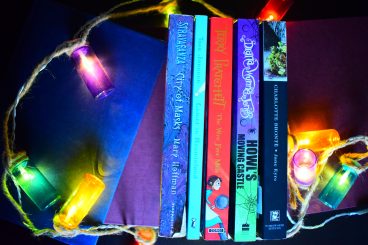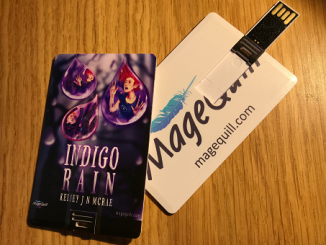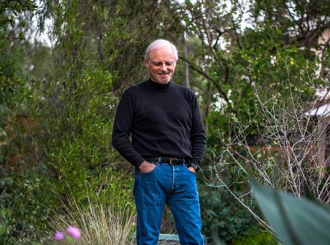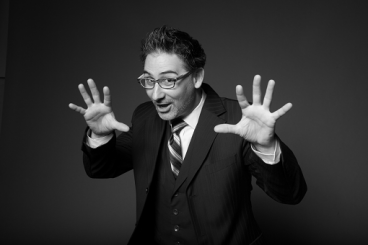My (Cousin’s) Big Fat Indian Wedding
(Copyright of all pictures lies with the author.)
Saris. Colours. Dancing. Food. CURRY.
These are some of the most common words that I have heard being associated with India here in Scotland. So, for my first blog post I decided to write about something that brings all of them together – a traditional Indian wedding!
My first cousin on my mother’s side got married recently, and the wedding was a quintessential two-day-long affair replete with elaborate Hindu ceremonies. All these rituals and ceremonies have centuries of traditions, lore, and beliefs backing them; to keep this post to a manageable length, however, I won’t be getting into them.
I must admit though, that everything was as visually captivating as you’d imagine! One of the things that amused me during my first tenure in Scotland (I began my second when I moved back here this month) was the general fascination with Indian culture. It took me a while to shake off my conditioned immunity to it, but when seen from a relatively external vantage point, the Indian cultural landscape does exude an energy, an excitement that I had stopped noticing after having been inside it all my life.
Being privy to the behind-the-scenes chaos, however, meant at the time that I was more concerned with getting through the wedding in the midst of the customary familial bickering and small mishaps.
The most important thing I’d like to convey to everyone here is that the logistics behind arranging a traditional Indian wedding are very complex. The guest-list is usually massive (the extended family-structure is quite expansive here, and also ends up including family friends in that category; so you are looking at numbers as large as 500!), there are lots of rituals to keep track of, tokens of appreciation and/or presents to arrange for all the attendees, and of course, the food to take care of! In addition to that, there are assigned roles for specific relatives for specific ceremonies, so the hosts (usually, as in this case, the bride’s family) must ensure everyone is present at the right place at the right time. Of course, this requires lots of pre-planning and coordination (peppered with a few screaming matches, but it’s all friendly Indian-family-banter at this point.)
I personally think Indian weddings can significantly strengthen one’s event-organization skills. They should be allowed on CVs and LinkedIn profiles.
For me, the food and the dancing made up for all the high-octave drama, so no complaints there (in hindsight.)
All in all, the wedding was quite an experience. Browsing through the pictures reminded me of the veritably visual spectacle that it was, glimpses of which I am posting here with a few rambling bits as captions.
Considering both India’s and Scotland’s fascination with Indian weddings, hope these make for a fun little scrolling session!

A significant pre-wedding ceremony that usually takes place a day before the actual wedding is the Mehendi (henna) ceremony. Although all the ladies like to deck their hands up with pretty patterns, this is especially significant for the bride. How dark the mehendi stains is believed to reflect the strength of the impending marriage. The more fun part is, however, that the bride’s mehendi has her husband’s initials hidden in the pattern and she is expected to find it. Just a bit of teasing, really, but her success/failure is said to determine her love for her husband-to-be!

Scene from a small pre-wedding ceremony called the Chooda (the word translates to “Bangle”). It takes place in the morning of the wedding-day. The bride’s relatives tie long and heavy danglers called “kaleere” to her bangles. In a fun little part after the ceremony, she shakes them over the heads of all the unmarried young people in the group one by one; if someone has any of the danglers falling on their head, they are believed to be next in line for a wedding (a bit of a counterpart to throwing the bouquet in a Christian wedding.)
That is me, (unwillingly) taking my turn. Nothing fell on my head (or anyone else’s, so no weddings in near-sight for now), but do you notice my contrived smile and my refusal to look (glare) at the camera?

Scene from another pre-wedding ceremony, the Sangeet (the word connotes a musical celebration.) This one has the most hype and is possibly the most fun part of the wedding. It is arranged a night before the wedding, and is attended by the bride and her friends and relatives. Traditionally it was meant to only include the females, but nowadays, as in with this one, the males join in the fun too. The ceremony includes song-and-dance performances by friends and family, and lots of dance-floor dancing!

From the Sangeet ceremony. Considering how important a role it plays in the ceremony, we decided to have a family portrait on the dance floor! (I am the one in the middle in pink-and-green, in case you were interested!)

And ANOTHER from the Sangeet. The bride and her mother on the dance floor (I believe it’s pretty obvious by now how much I love that dance floor.)

At the risk of seeming narcissistic, I am going to put up this one up. This is my brother and me from the main wedding ceremony in traditional ethnic wear. Dressing and decking up are really important aspects of Indian weddings. Saris are commonplace and part of daily wear, but other traditional clothes like these are usually relegated to weddings and family functions.
I am wearing what is called a lehenga, comprising a blouse and a long – and incredibly heavy, must stress – flaring skirt, with a pink dupatta over my shoulder. The attire took more than two weeks to stitch, and weighed about 4 kgs (hyperbolic figure, but it’s justified.) It’s good that I don’t have any videos wearing that, because I was pretty graceless lugging it around. In my defense, I had to wear it for nearly 6 hours and it was hot. The aforesaid narcissism makes more sense now, eh? A pretty picture is for sure worth it, so please excuse my need to flaunt.
Oh, and my brother is wearing a kurta-and-pyjama ensemble, with traditional footwear called jootis (essentially, hindi for “shoes”.) The kurta is a long and loose shirt with slits on the sides. Not nearly as heavy as the lehenga, though.

In North Indian wedding tradition, the groom arrives at the venue on a horse, accompanied by his family, friends, and (you would be unsurprised to know) lots of music. This (dancing) procession is called a Baraat.


And finally, the Bride and Groom! *drumrolls*
The garlands around their necks are an important part of the main ceremony, called the Jaimala (“Jai” means Victory, and “Mala” means Garland.) The couple put the garlands around each other’s necks, signifying the completion of their union.

Just sneaking in a picture of the curry, like promised!












